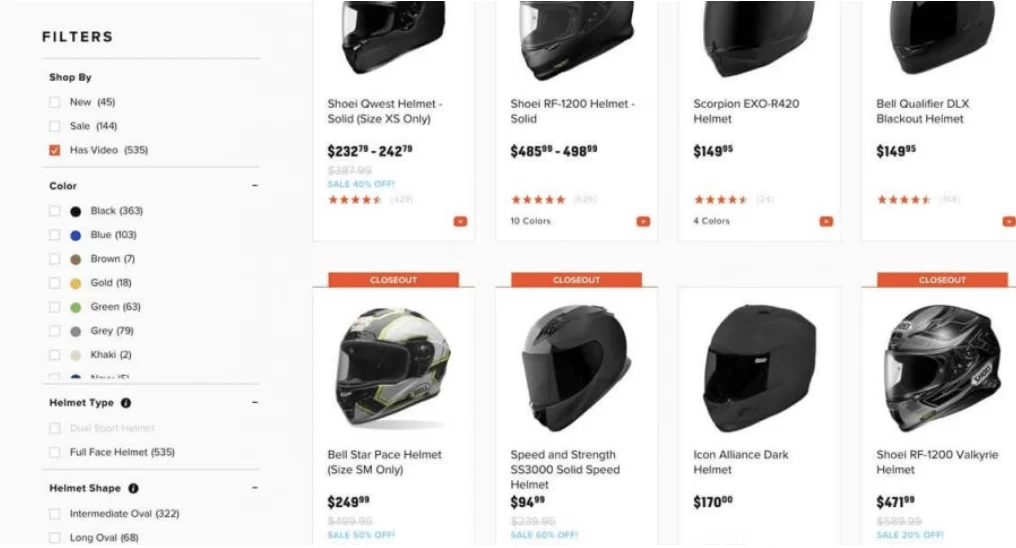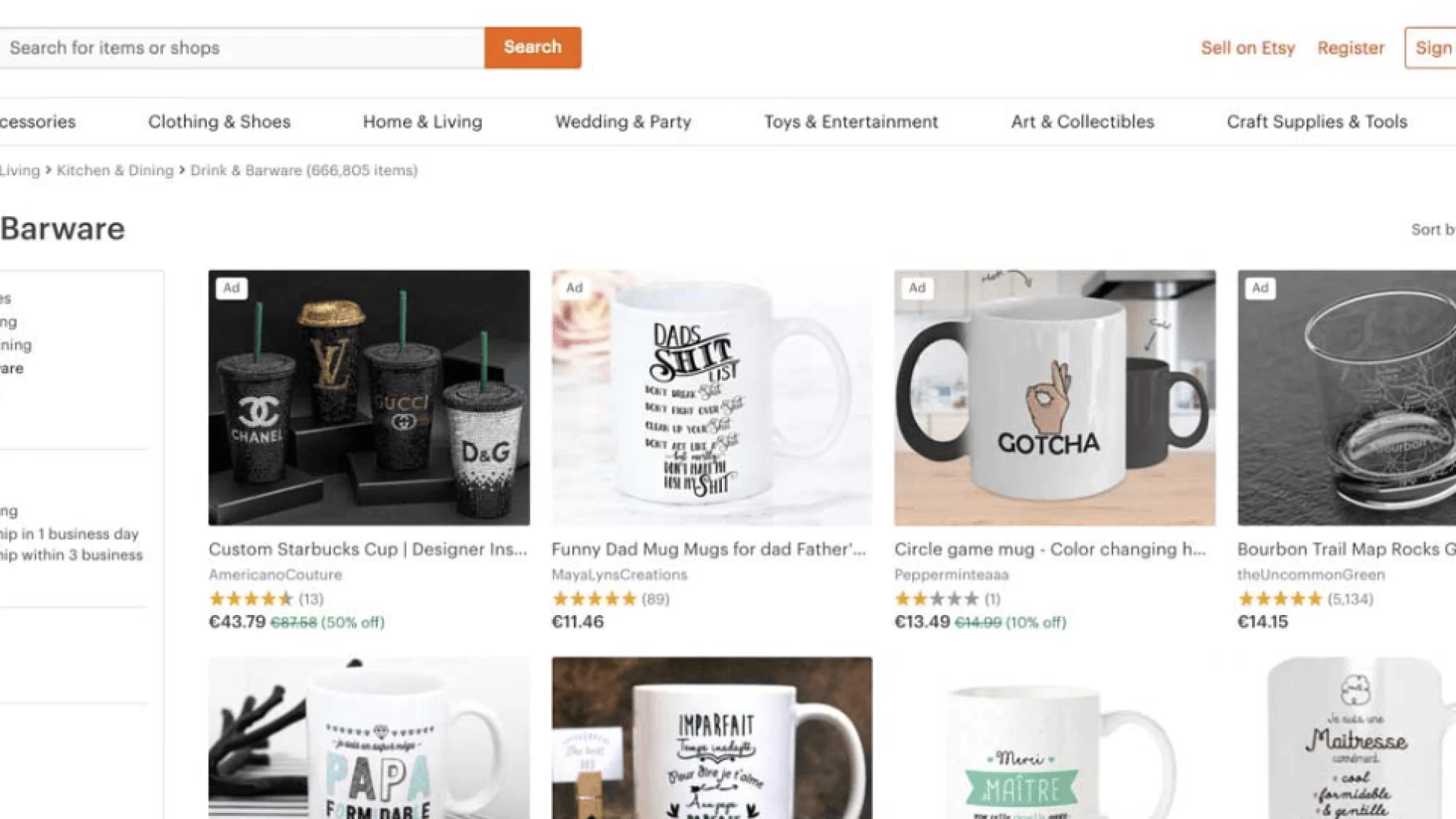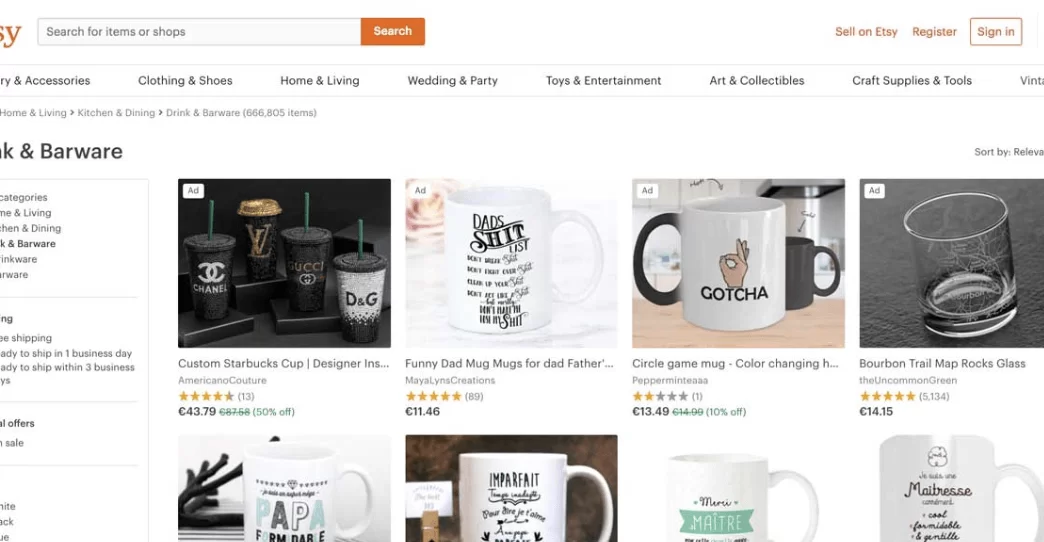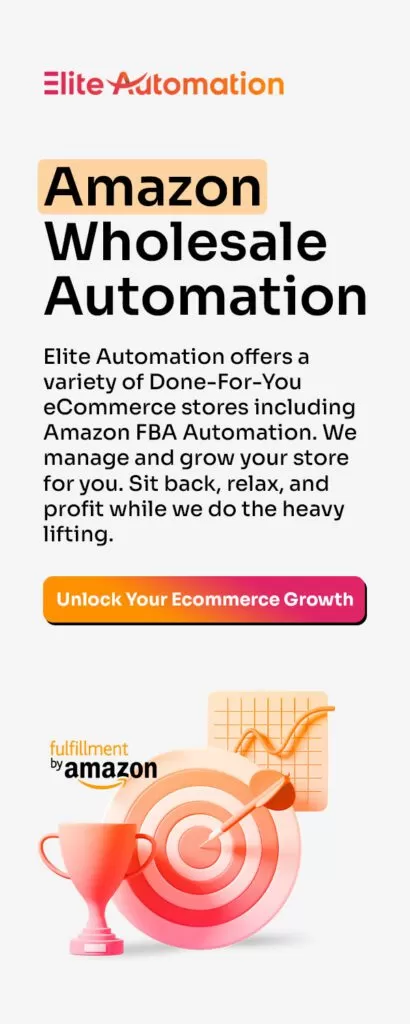In today’s digital commerce landscape, the product catalog plays a definitive role: it serves as the crucial bridge between a seller and the buyer, operating as the online storefront. Your product catalog is the shining beacon that represents your business in the vast digital marketplace, taking center stage in your efforts to attract and engage potential customers. In the world of ecommerce, particularly when dealing with platforms like Amazon FBA, this representation becomes even more essential. Through your catalog, you display not just your products, but your business values, uniqueness, and promise of quality as well.
Arguably one of the most significant aspects of the catalog is its functionality as the master list of all the items you’re selling. In essence, it’s more than just a showcase; it serves as an organized system that aids customers in easily finding the products they are interested in. Offering a well-curated, structured, and user-friendly catalog can make the difference between a visitor quickly moving along or becoming a loyal customer.
Take a moment to imagine yourself from the perspective of a customer. An online shop can seem overwhelming with its variety & abundance. Herein lies the principal value of a well-designed product catalog: it steps in to simplify the experience, making the journey from browsing to purchasing as seamless as possible. When designed effectively, a product catalog can position your store favorably in the eyes of online shoppers.
Creating a product catalog for platforms like Amazon FBA can bring with it its unique set of challenges. However, familiarizing yourself with the underlying principles that govern the successful creation & maintenance of catalogues can pave the way for a smoother process. The key is to understand the platform’s requirements, guidelines, and features to ensure that your catalog is working efficiently within the system.
Accuracy and consistency across all your product listings are paramount for an effective product catalog. This isn’t just relevant for the product details; it extends to the pricing, stock availability, and even photographs. By maintaining a high level of accuracy, you increase your chances of ranking higher in searches and, consequently, attracting more potential customers to your page.
It is also beneficial to leverage Amazon FBA’s powerful algorithms & tools to further enhance your catalog. Categorizing your products appropriately and using the correct and most searchable keywords can help you reach your target audience more effectively. This strategic optimization will maximize visibility and potentially skyrocket your product’s sales performance.
Don’t forget that the ultimate goal of your product catalog should not merely be to inform. It should also strive to inspire and persuade. This is where the art & science of copywriting come into play. By crafting compelling product descriptions, you have the potential to convert casual browsers into avid purchasers.

An often-overlooked aspect of product catalog management is the frequency of updates. Availability of latest products, change in pricing, or updating inventory status – these need to be reflected in real time to maintain consumer trust. With platforms like Amazon FBA, timely updating your catalog ensures customer satisfaction, reducing the odds of cart abandonment due to out-of-stock items.
Creating and managing a product catalog should also take into account aesthetics. High-quality images, well-structured layouts, and an overall pleasing aesthetic appeal can greatly affect customer perceptions. It can help a retailer stand out amidst the sea of competitors in the digital market arena, directly leading to increased customer engagement & potential sales.
As important as the process of creation is, so is the analysis. It’s essential to regularly assess the performance of your catalog. This could be as straightforward as determining which products are selling best and which aren’t. Such insights can help you refine your catalog by promoting popular items and finding ways to boost the less performing ones.
It’s worth noting that a well-maintained product catalog can also help you build & enhance your brand image. Each product description, picture, or video reflects your brand’s philosophy, and consistency here can create a lasting impression. With Amazon FBA, the product catalog stands as a reflection of your online presence and the quality customers can expect from you.
Seamless integration of the product catalog with other systems of your business can prove highly beneficial. It can result in efficient operations, from automatic synchronization between inventory and the catalog to managing order fulfillment seamlessly. This connectivity can create a streamlined ecommerce operation yielding improved customer satisfaction.
As online retailers, it is also important to remember the legal and ethical aspects related to a product catalog. This includes being transparent about product sources, compliance with regulations, and fairness in competition. Upholding these principles not only builds customer trust but also brings credibility to the retailer.
From a strategic standpoint, product cataloging should align with the broader business goals. Understand the role it plays in driving sales, customer engagement, and overall growth. With this insight, you can better tailor your catalog to help your e-commerce business thrive in the highly competitive digital landscape.
The construction of an impressive product catalog can take time. However, the energy you invest will yield substantial returns in the form of customer satisfaction and revenue growth. By embracing strategic catalog management as an ongoing process, an online seller can successfully navigate the complexities of platforms like Amazon FBA & ultimately foster business growth.

To summarize, crafting an effective product catalog is an art that requires detailing, understanding market trends, and utilizing platform-specific tools effectively. By mastering this, you can transform your product catalog from a simple listing to a powerful sales & branding tool in the world of ecommerce, particularly on platforms such as Amazon FBA. So invest in your catalog today to unlock the potential of your ecommerce business tomorrow.
For more updated ecommerce news, bookmark the Elite Automation Blog.


